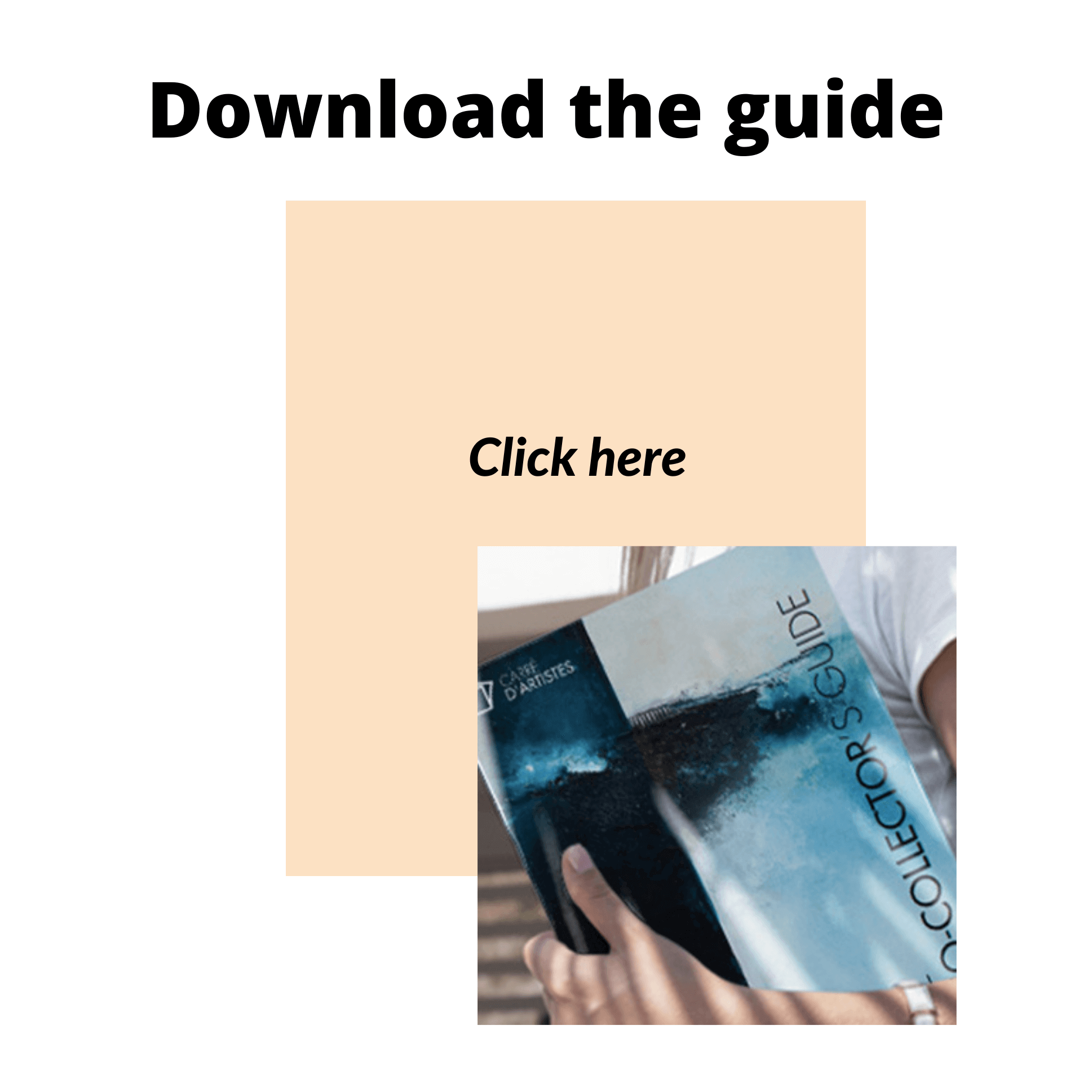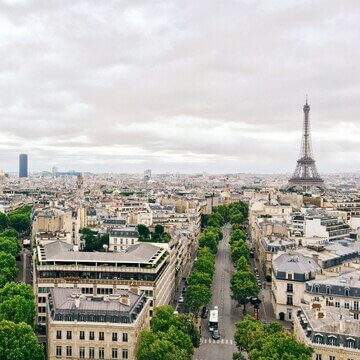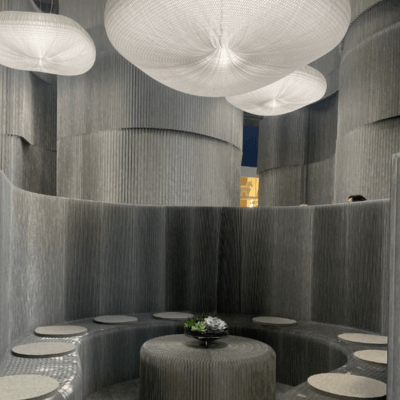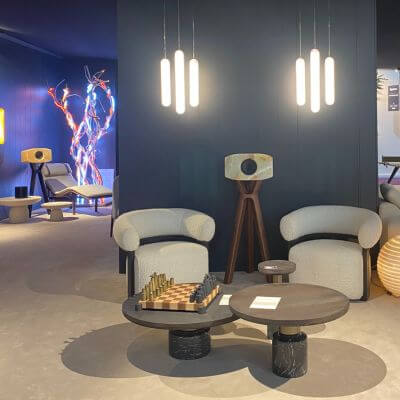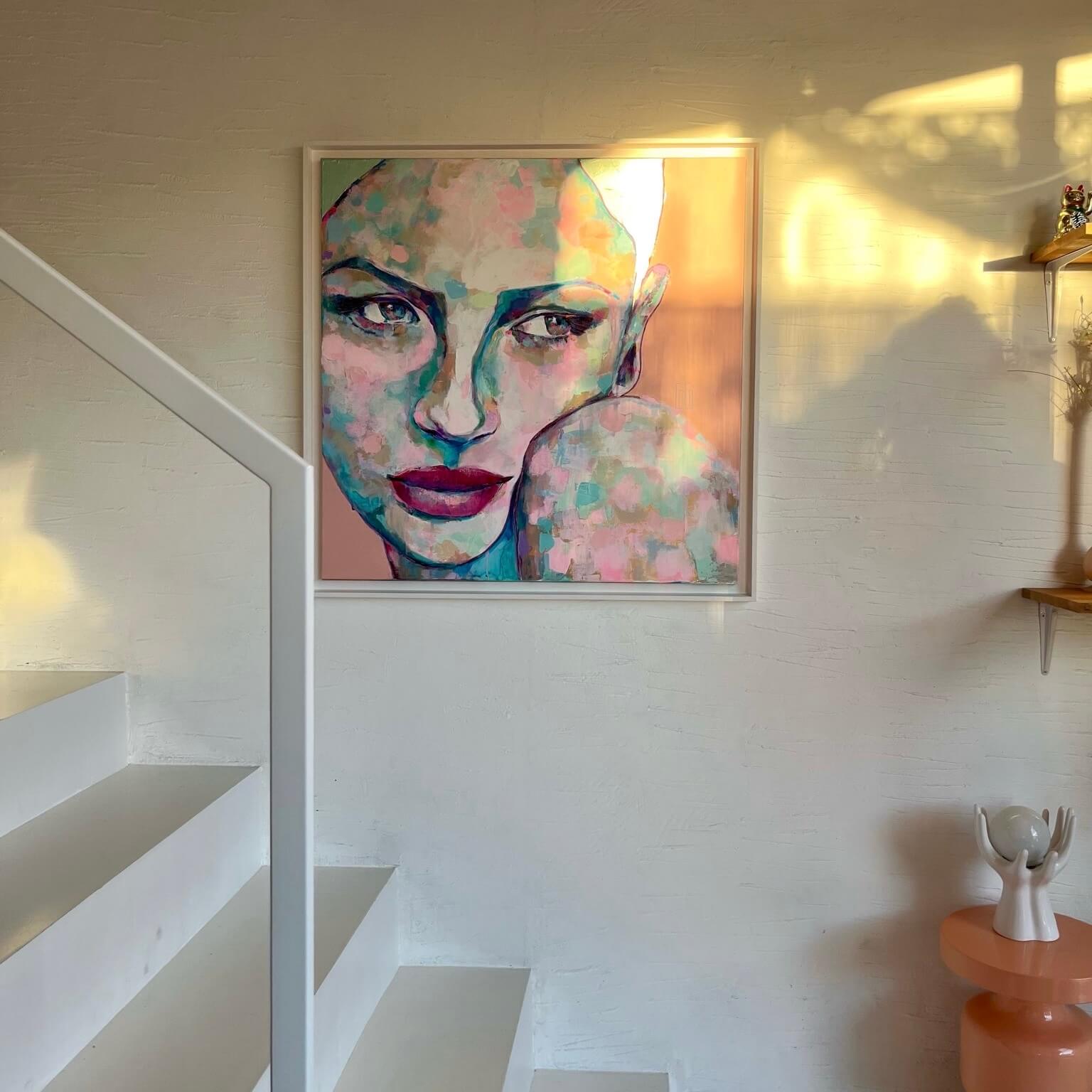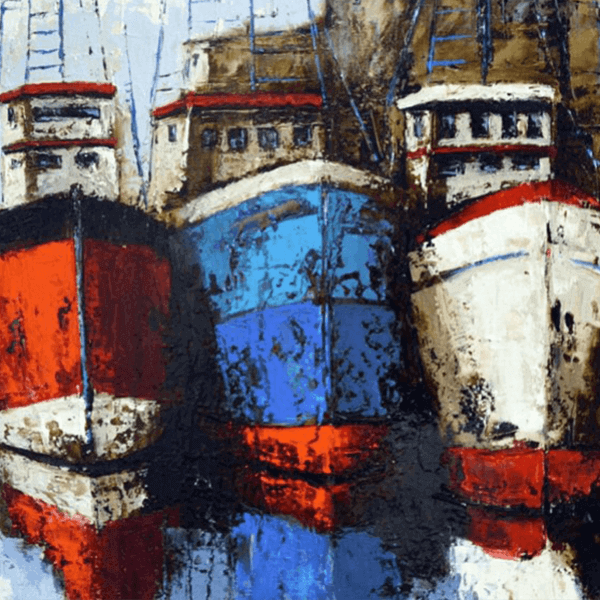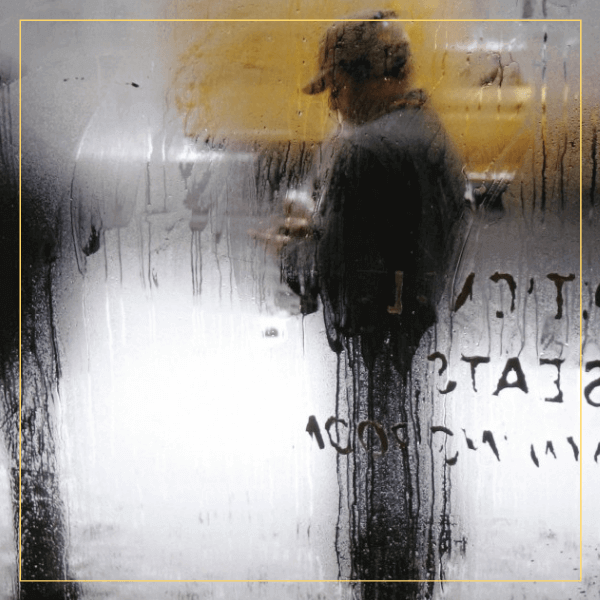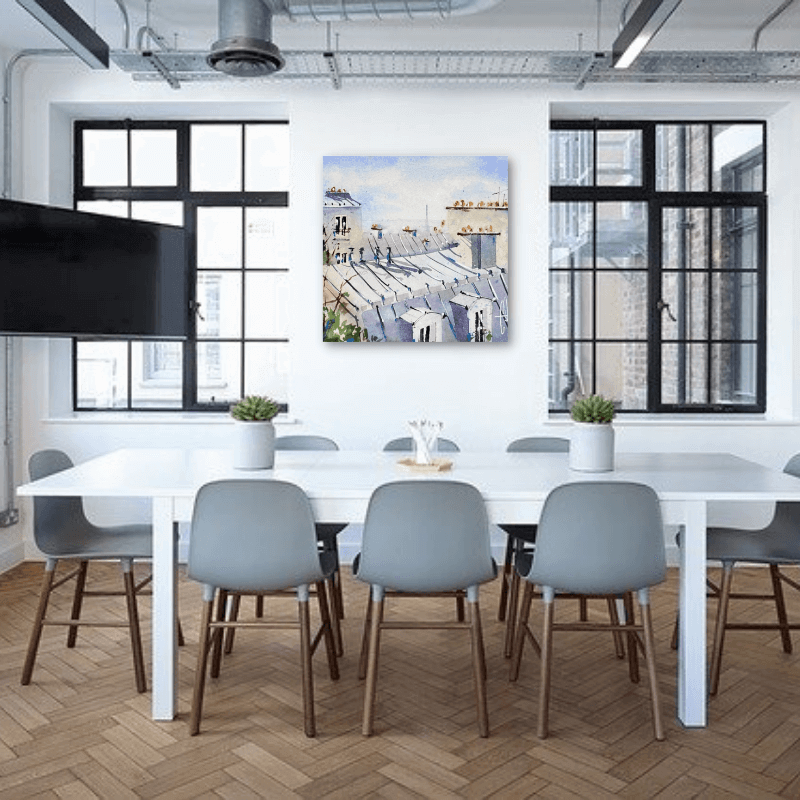Die Brücke, the emotional bridge
- 07/05/2021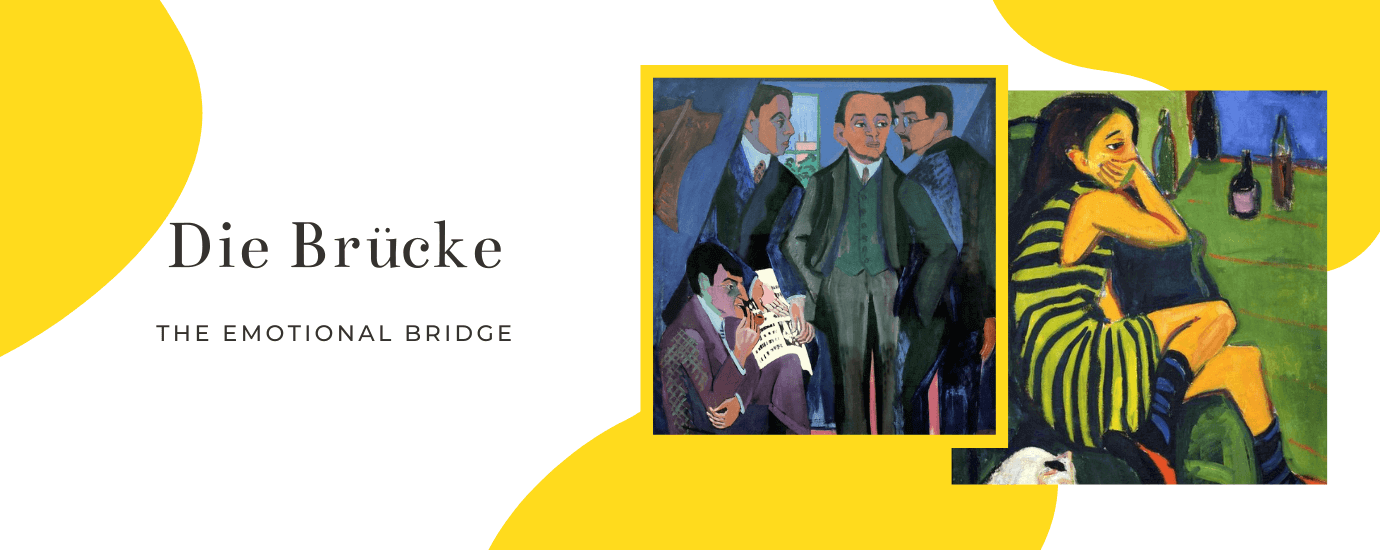
Ernst Ludwig Kirchner (1880-1938), Erich Heckel (1883-1970), Fritz Bleyl (1880-1966) and Karl Schmidt-Rottluff (1884-1976).
They are later joined by Emil Nolde (1867-1956) and Max Pechstein (1881-1955) and together they federate artists called "revolutionary".
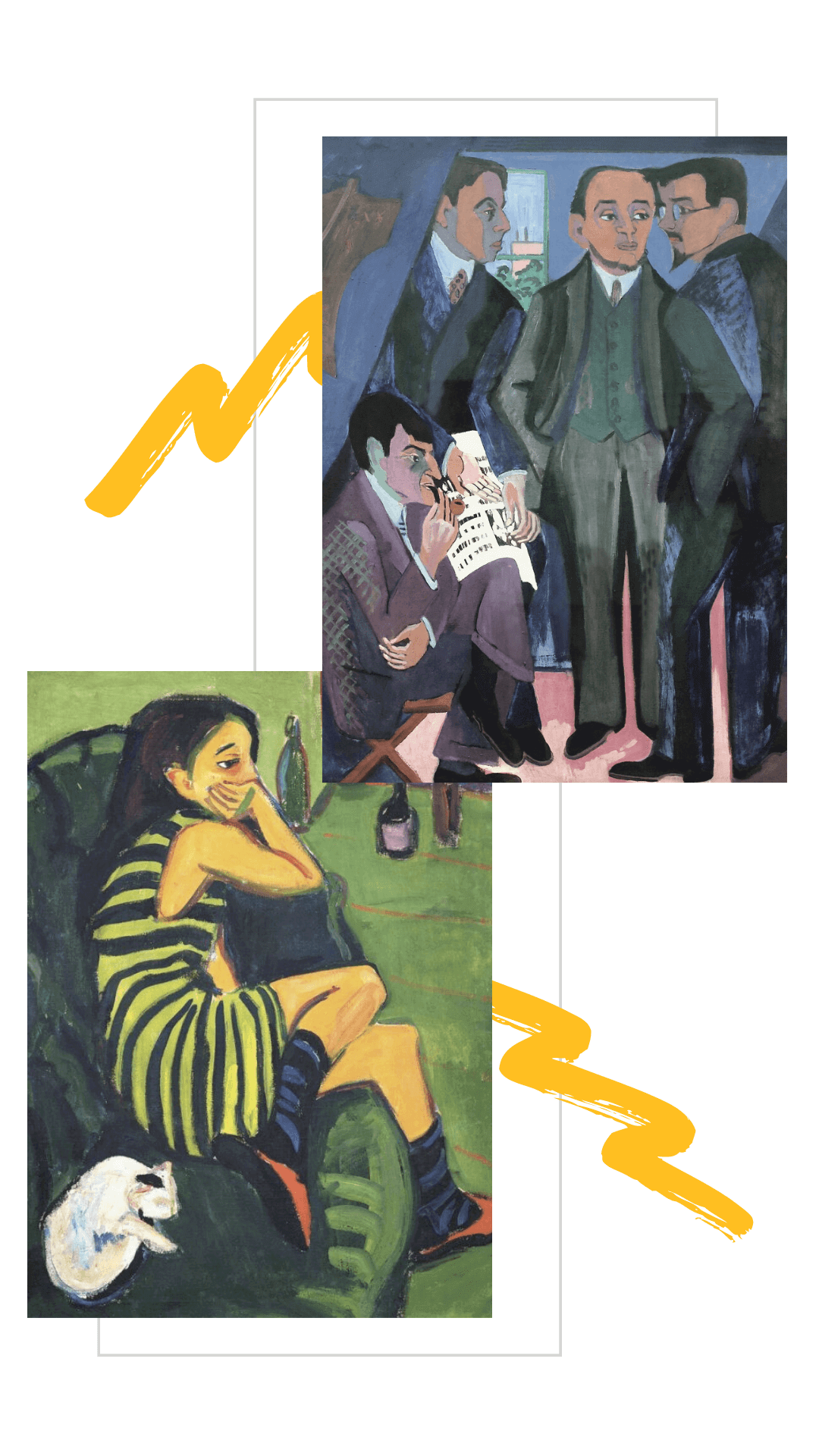
At that time, Impressionism is spreading all over Europe and Germany.
Still considered as innovative and revolutionary as it refuses the codes of the Royal Academy of Painting in its infancy, impressionism now appears to the founding members of Die Brücke as a haughty pictorial movement of bourgeois attracted by classicism, money and Christian morality.
They reject the Art Nouveau or Jugendstil, and prefer the freedom of movements, nature, life and natural elements.
EMOTIONS IN COLORS
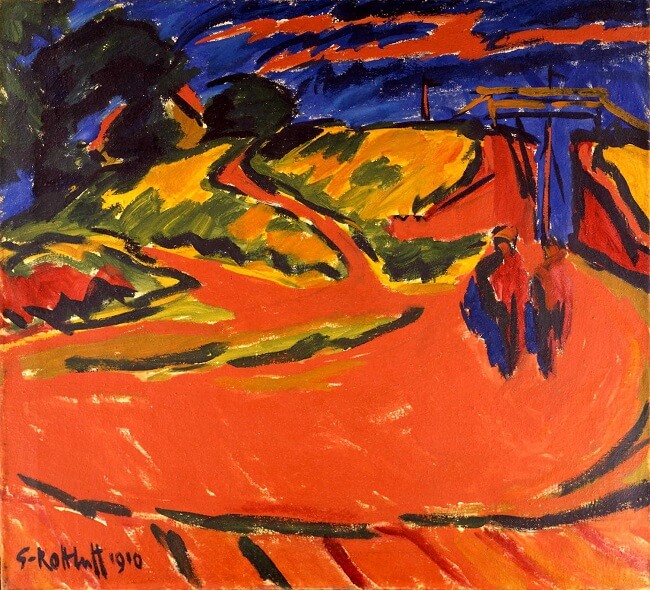
Sometimes compared to the Fauves, the Die Brücke movement gets its inspirations from the primitivism art by copying its tension, its crude and violent images and the extremeness of emotions expressed with bright, spontaneous colors, almost acidic ...
The nature is blazing, incandescent, the bodies are naked, tormented and feverish, and eventually the subject is only secondary compared to what the artist feelings.
Installed in an empty butchery in Fredrichstadt where the floor is littered with books and paintings equipment, the group reinvents the woodcut craft, and makes up the technique called linocut allowing them to depict strong contrasts between black ink and white.
Inspired by Van Gogh, they also know how to honor the famous artists from the past such as Dürer, Grünewald and Lucas Cranach the Elder.
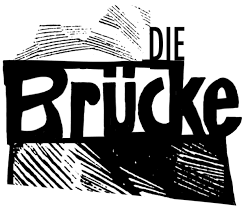
Often compared, sometimes opposed, the Blue Rider group remains strongly rooted in our memories thanks to its members:
Franz Marc, August Macke and a certain Vassily Kandinsky...
CATHERINE DUCHÊNE, MIND, SOUL AND BODY
Born and raised in Paris, Catherine Duchêne paints expressionist artworks, especially bodies.
Gestural and rhythmic, her work reveals her total commitment to her discipline.
Emotions are expressed without restraint, as she chooses to value the vivid life of a body over the exactitude of the anatomy.
The colors are explosive and their energy leads to an instinctive painting.
THE NEO-COLLECTOR'S GUIDE
Everything you always wanted to know about the art market but were afraid to ask!
The art market often appears to be a domain reserved for a privileged few...
This is not true: accessible to all, the art market is only waiting for its new collectors.
For those who still have a doubt :
Here are the answers to the questions commonly asked!
What is a work of art?
What is the purpose of art?
What is the purpose of a certificate of authenticity?
What should you look out for when buying a work of art?

